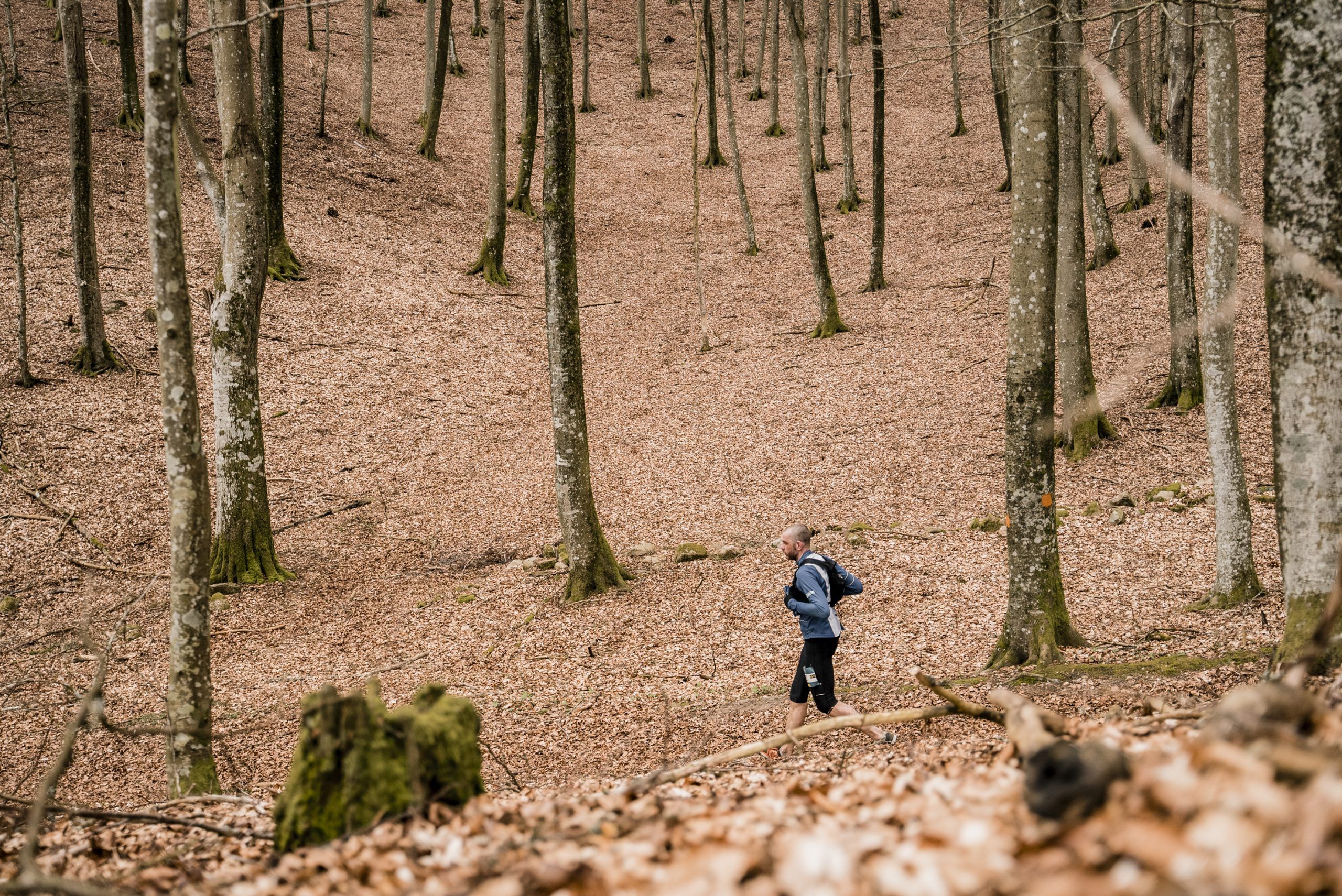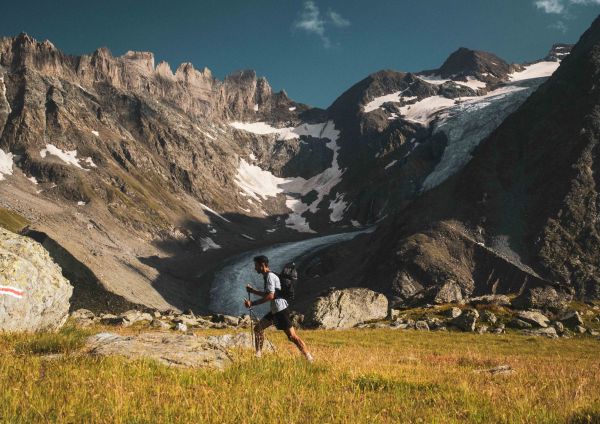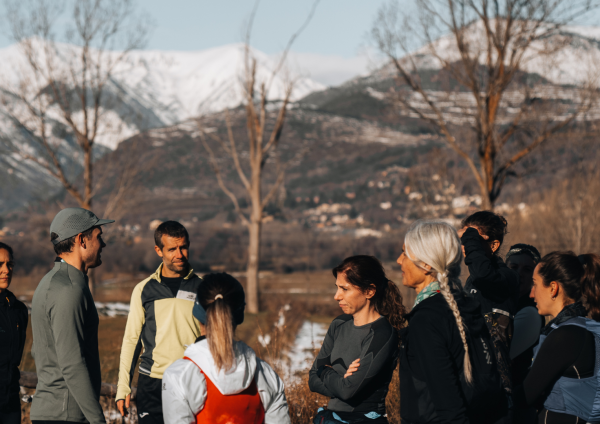International Forest Day


THE ROLE OF TRAIL RUNNING IN RAISING AWARENESS TO PRESERVE FORESTS
Green Trail Concept wishes you a happy International Forest Day
Forests’ relevance for nature preservation and socioeconomic sustainability
When we imagine ourselves running, it’s most likely that we picture a narrow path with spongy ground, probably in a humid environment, silence interrupted by the song of some bird, and above us, a continuous carpet of trees. In other words, one of the best scenarios for running is in forests, where nature asserts itself in all its splendour.
However, forests are not just spaces where we can practice our sport; they are much more than that. These ecosystems play a fundamental role in preserving biodiversity and mitigating climate change. They provide us with a wide variety of resources essential for humans, such as water or wood, but they are also crucial for CO2 capture, supporting biodiversity, and the landscape that identifies and defines communities also in the socioeconomically aspect.
Regarding biodiversity, more than 20,000 species of trees have been included in the IUCN Red List of Threatened Species (IUCN 2019), of which more than 8,000 are in critical or vulnerable condition. But it’s not only trees that we find in the forest. We also find plants, fungi, vertebrate species, and the vast array of forest invertebrate species, of which more than 1.3 million species have already been described (FAO, 2020). Amidst a climate crisis like the one we are experiencing, forest ecosystems serve as a significant carbon sink, where it is estimated that nearly 45% of the CO2 stock is stored in forests (MDPI/Forests).
Forests also provide us with essential primary materials, serving as a key economic and renewable resource for many populations in rural environments. The range of products that we can derive from a forest is highly diverse: from food, wood, paper, fuel, to water. This last element is of particular importance when considering that drought episodes will become increasingly frequent and prolonged in many regions due to climate change. Additionally, forests act as regulators of floods, help to mitigate erosion, and have the capacity to capture moisture and precipitation. Finally, forests are also a key element in the landscape, from aesthetic value to the cultural and historical significance they hold for local communities.
How can the Green Trail Concept contribute to forest preservation?
All these elements and many others define the importance of the forest and its richness. However, for societies, the way we use this forest is rapidly changing. While in the past its use was purely for subsistence, now leisure is the primary function of many forests. This leisure can be defined as one of the main externalities that natural spaces provide to society. However, if the exploitation of the forest is to be sustainable, as we demand with certifications every time we consume a product from the forest, the use of leisure in the forest must also be sustainable. This is therefore one of the objectives of the Green Trail Concept project, which we want to promote and support, ensuring that races held in natural spaces are carried out with the least possible impact. But we can go much further than just races and focus individually. We can think about why we use the forest and how we do it. Often, many practitioners engage in improper practices due to a lack of knowledge of its best practices, so the first step should be to expand our knowledge and understanding.
The power of raising awareness
From this point, we encourage expanding comprehension about the natural spaces where we typically go running: what ecosystems and habitats exist, what species inhabit them, whether there are any protected species, or if the area has any conservation designation. In addition, we can consider our impact on these forests when we visit them: sticking to marked trails, avoiding shortcuts, producing no waste, and steering clear of wet areas or steep slopes after rainfall are important tips that can help maintain the space. Furthermore, understanding if there are any protected species and how we might affect them, identifying vulnerable areas, knowing the nesting seasons of these species, and avoiding certain areas to prevent disturbance are additional examples of good practices we can implement, but there are many more.
Therefore, it is important to value the forest beyond just the place where we go running, to understand what it is, try to comprehend how it works, and who lives there. This knowledge can help us to respect and care for it, and to keep envisioning forests as we like to imagine them.
Wishing you a happy and respectful International Forest Day!
Article written by Gerard Vila – Forestry Engineer & Project Manager at the Kilian Jornet Foundation



